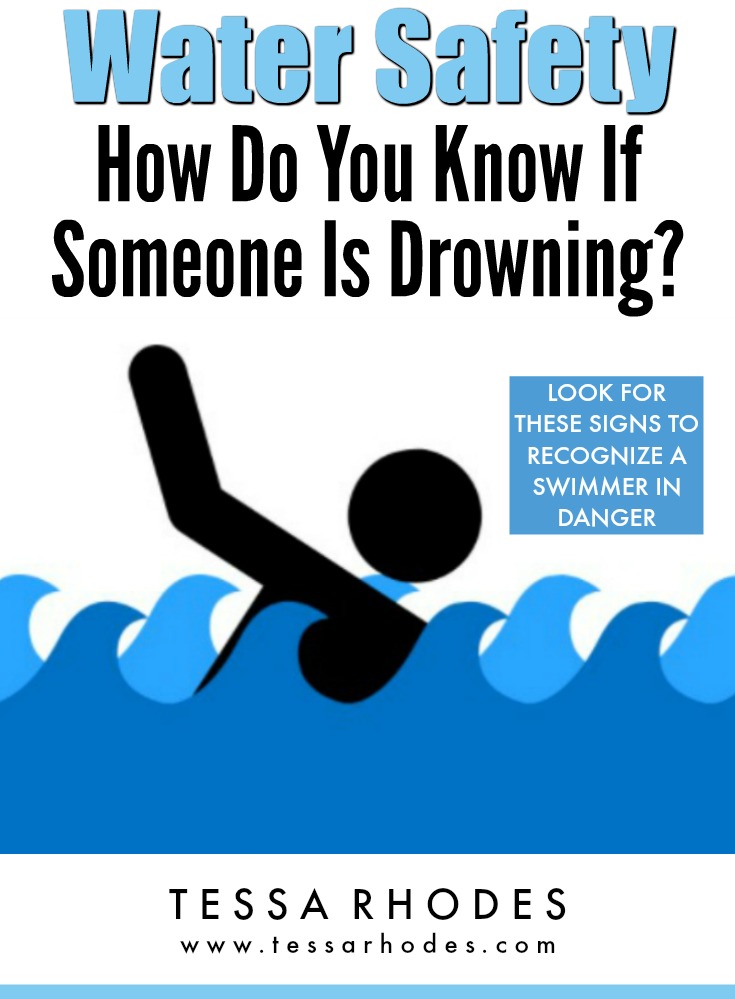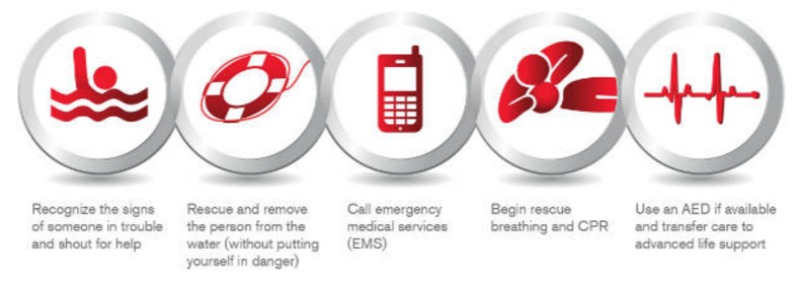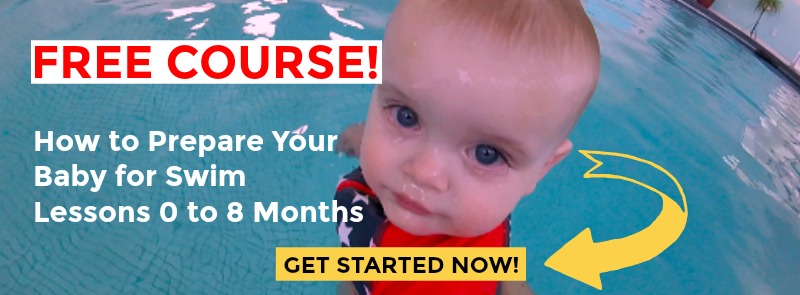
I completed the bill proposal to enforce barriers around home swimming pools. It’s now in the hands of Congressman Raul Ruiz. In case you missed the email about my mission, you can read it here. Now we wait, and in the meantime, we do everything we can to keep ourselves and our families water safe which includes learning how to recognize if someone is drowning.
97% of people were unable to identify a swimmer in danger according to the American Red Cross water safety app.
This statistic doesn’t surprise me since drowning happens quietly and quickly and can easily go unnoticed. Even when under the care of one or both parents.
So it’s important to know what to look for and always be hyper-vigilant.
There are two types of drowning victims:
- A person who silently slips beneath the surface because of an injury or medical condition (seizure disorders, being among the most common).
- An individual who is trying to remain above the surface by pressing down with his arms. He is unable to call for help because his primary purpose is to breathe. This person will only be able to continue his fight for about 20 to 60 seconds.
In some cases, the victim will be able to call out for help, but only briefly, because then all of his energy will be focused on trying to get a breath.
Look for these signs to recognize a swimmer in danger:
- The victim might look like he’s treading water, but when his mouth is at or below water level, make sure to ask if he’s okay. If he doesn’t answer, then he needs immediate help.
- He is vertical with his head tilted back, hair in his face and eyes are glassy or closed. Adults are vertical, while children are usually face down.
- He’s gasping for air, as his attempt to swim or rollover is thwarted.
- He’s climbing an invisible ladder.
HOW TO HELP A SWIMMER IN DANGER
A person has the best chance of survival when you implement the American Red Cross Chain of Drowning Survival.
LINKS IN THE CHAIN
- First of all, recognize the signs of someone in trouble and shout for help.
- Next, reach or throw the person a rescue or flotation device.
- And call 911.
- Finally, begin rescue breathing and CPR.
- Use an AED if available and transfer care to advanced life support.

And for more drowning statistics and information on preventing accidents to keep you and your family safe, get the free water safety app. For the iTunes app store click here and for Google Play click here.
If you have any thoughts on the subject or experiences that you would like to share, I would love to hear from you.
Love the water,
Tessa
P.S. Get the FREE water safety app to help ensure your family stays safe in, on and around the water. It includes kid-friendly videos and quizzes. Search the iTunes app store for Swim by American Red Cross or click here. For Google Play you can use the same search parameters or click here. It provides the latest in water safety guidance to help ensure your family stays safe in, on and around the water.
P.P.S. To start your child on the path to becoming water safe, click here.


Leave a Reply